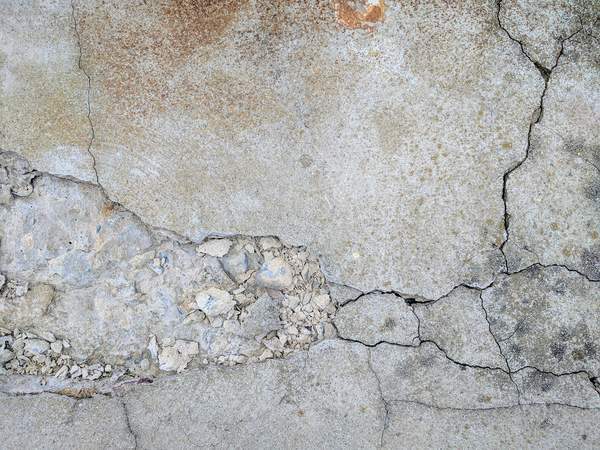Foundation flaws can be a homeowner’s worst nightmare, leading to costly repairs and safety concerns. Identifying these issues early is crucial, and understanding the signs is the first step. As a dedicated home inspection professional, I’m here to share insights on detecting foundation flaws to help you safeguard your investment and peace of mind.
Recognizing Common Foundation Issues
The foundation is the backbone of your home, and its integrity is non-negotiable. Common signs of foundation issues include:
- Cracks in Walls or Floors: Look for zig-zag patterns on drywall or horizontal cracks in the foundation walls.
- Doors and Windows Misalignment: Difficulty in opening or closing can indicate a shifting foundation.
- Uneven Floors: Noticeable slopes or dips often signal structural movement.
Each of these indicators should prompt further investigation to assess the extent of the damage and necessary repairs.
Advanced Inspection Techniques
For a thorough evaluation, professionals employ a range of advanced techniques:
- Laser Leveling: This method checks for floor levelness with precision measurements.
- Soil Testing: Understanding soil composition helps predict how it might affect the foundation over time.
- Moisture Detection: High moisture levels can lead to foundation damage, so identifying leaks or drainage issues is crucial.
These techniques, aligned with industry standards such as those from the International Association of Certified Home Inspectors, ensure a comprehensive assessment.
The Importance of Professional Inspections
While some signs are visible to the untrained eye, a professional inspection provides an in-depth analysis. Trained inspectors utilize specialized tools and industry knowledge to detect even the most subtle flaws, ensuring your home’s foundation remains strong and secure.
In conclusion, early detection of foundation flaws can save you from significant expenses and stress. If you suspect any issues, consider seeking a professional home inspection service to ensure your home’s foundation is in top shape.

